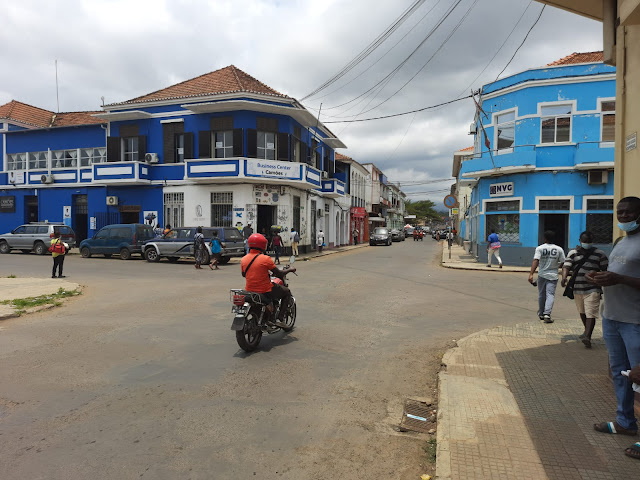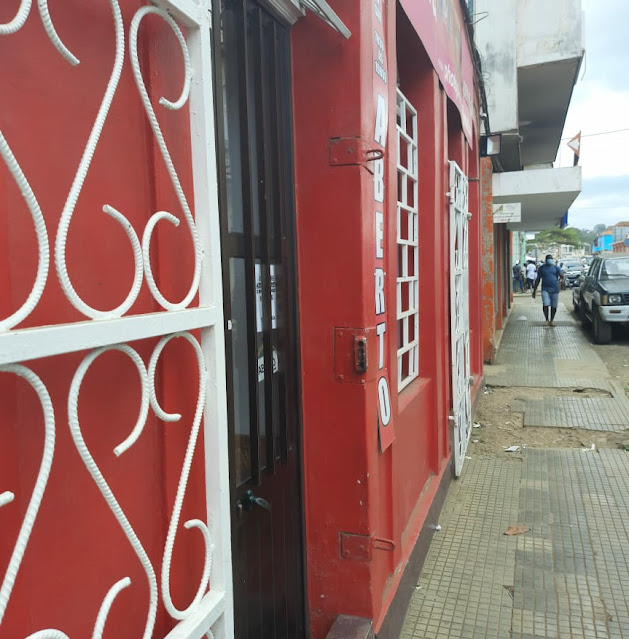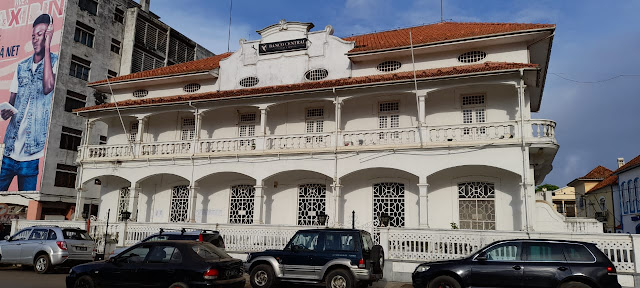COLONIAL SPLENDOUR OF SAO TOME
The second smallest African state of Sao Tome and Principe punches way above its weight, when it comes to natural beauty. But it´s unsullied beauty is matched by an equally charming colonial landscape.
Sao Tome was uninhabited till the Portuguese set foot around 1470. They overcame the remoteness of the islands by attracting settlers from Portugal. Soon they realized the commercial potential of the islands and promoted the growth of sugar cane plantations. By the middle of the 16th century, the island became Africa’s top sugar exporter. From 1522 onwards, the Portuguese crown was administering the islands.
Soon Sao Tome´s sugar economy became unsustainable due to competition from nearby countries. But the Portuguese settlers turned to cocoa and developed the plantations to make Sao Tome one of the largest producers of cocoa in the world. But in doing so, they made these islands into a slave trade hub, which is perhaps the darkest aspect of its history.
Between 1500s till Sao Tome got independence in 1975, the Portuguese left a deep imprint of their architecture and culture on these islands, which is quite visible today.
A tell-tale evidence of the Portuguese architecture is what is today the Presidential Palace (Palácio Presidencial de São Tomé e Príncipe, also known as Palácio do Povo) or the official residence of the President of the Republic of Sao Tome and Principe. Built in the 19th century, the palace housed the residence of the Governor of Portuguese Sao Tome and Principe.

(Photo: Raghu Gururaj)
This double storied palace is a large, L-shaped mansion with a rose-pink facade and surrounded by pink concrete columns and a high iron fence with a closely guarded entrance. It´s other neoclassical elements, include window ornamentation, columns along the spans of the building, and a grand main staircase at the entrance.

(Photo: Raghu Gururaj)
The beautiful Nossa Senhora da Graça (Our Lady of Grace) is situated right across the Presidential Palace and is a popular spot for Sao Toméans. The cathedral is known to be the oldest in Sub-Saharan Africa.

(Photo: Raghu Gururaj)
Another typical piece of Portuguese architecture is the squared shaped Fort Sao Sebastio, which is strikingly cream coloured. A stone carving near the gate states that it was built in 1576 as a defence primarily against the Dutch armies. Ironically, history states that the fort was occupied by the Dutch in 1641. The Portuguese managed to recapture it after 3 years. The fort houses the Sao Tome and Principe Museums.

(Photo: Raghu Gururaj)

(Photo: Raghu Gururaj)
The beach near the Fort is fierce and the waves can hit you as you stand on the edge at any time of the day. The Sao Tome Museum displays the fascinating saga of the decline of the sugarcane cycle of the 16th century till the origins of the cocoa production. Other intriguing things are the sacred art and ethnic wear displays. It houses a sandstone sculpture of the Virgin and Jesus, along with the island´s female patron saint Sant’Ana.

(Photo: Raghu Gururaj)
The city centre simply oozes colonial charm. The city has still retained the 16th and 17th century Portuguese architecture. The old colonial buildings with rounded balconies and high arched windows, continue to be used as offices, shops, commercial institutions etc.

(Raghu Gururaj)
But many of these constructs have been partially restored from the insides and colourfully dressed in bright colours on the outside.
(Photo: Raghu Gururaj)
(Photo: Raghu Gururaj)
(Photo:Raghu Gururaj)
(Photo: Raghu Gururaj)
(Photo: Raghu Gururaj)
(Raghu Gururaj)
Ambling across the endless lanes and gullies, I felt mentally transported to another period in time. The old world captivating charm of the colonial structures of Sao Tome city, accompanies you everywhere.

(Raghu Gururaj)
(Photo: Raghu Gururaj)

(Raghu Gururaj)

(Raghu Gururaj)
A cocoa processing unit built by the Portuguese used to be housed in this large impressive colonial building (below) two centuries ago. This building has since been refurbished and used as a convention centre.

(Photo: Raghu Gururaj)
The cute old looking villas of the Portuguese settlers are today either owned by the elite city dwellers or converted into homestays or art galleries or retail chocolate outlets.
(Photo: Raghu Gururaj)
(Raghu Gururaj)
I wondered at the dilapidated period houses that dot the green landscape just outside the city. Either they have been vacated by the owners and remains unclaimed or the Government has taken them over to renovate later.
This often overlooked African island nation is certainly on the up on the world tourism map. One needs to look beyond the obvious natural charm of these special islands and enjoy its colonial splendour.





















Comments
Post a Comment